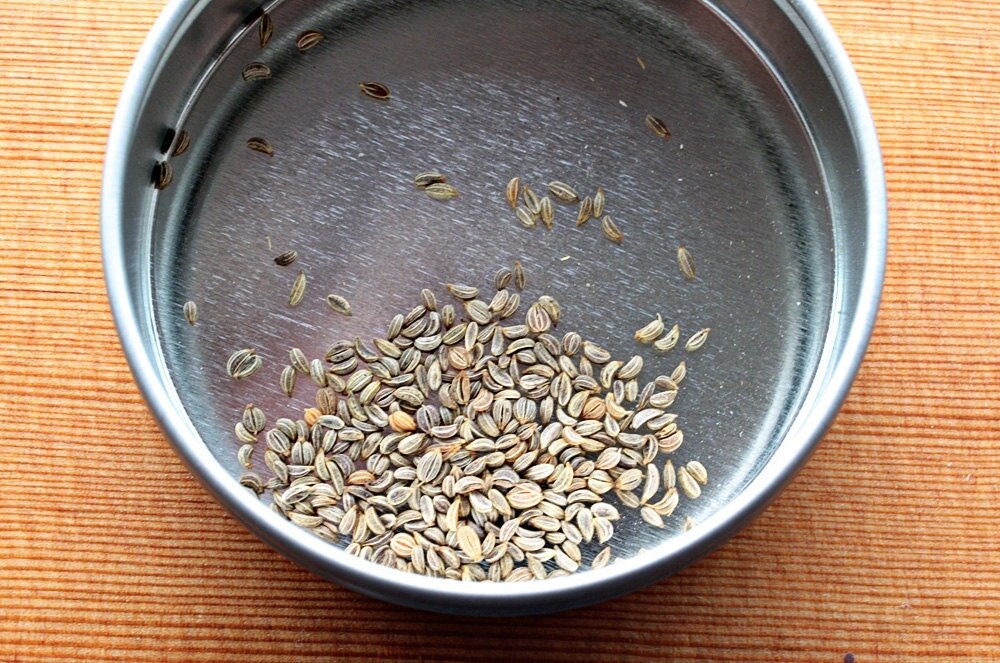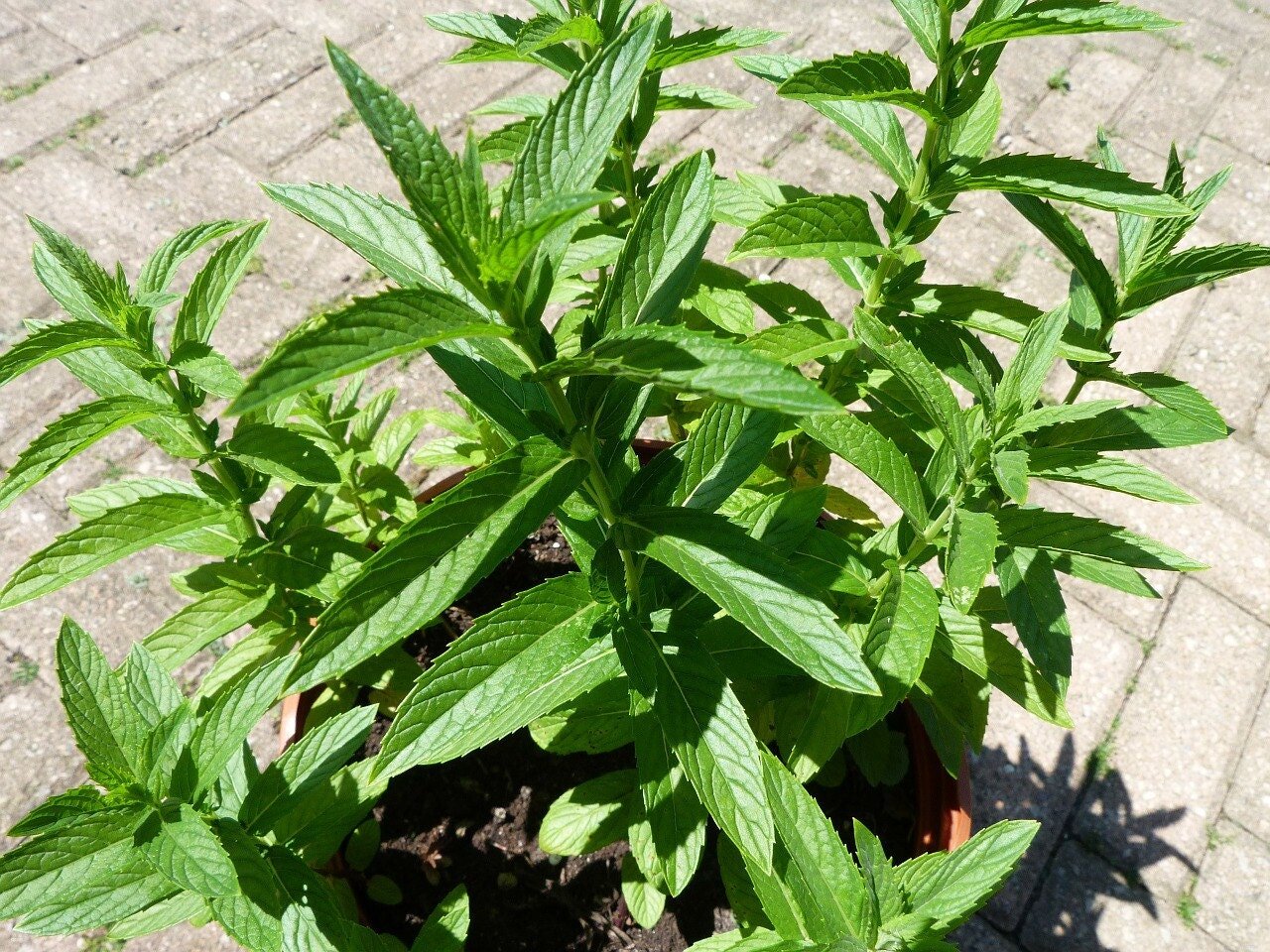 Image 1 of 3
Image 1 of 3

 Image 2 of 3
Image 2 of 3

 Image 3 of 3
Image 3 of 3




Cumin Seeds
Cumin is a tender flowering annual in the parsley family that is grown for its seed. It is used in many different cuisines, and is one of the most popular spices in the world. The seed has a warm, earthy flavor that can enhance many different types of dishes. It is especially popular in Indian, Mediterranean, Middle Eastern, north African, and Mexican cuisines.
The plant grows 1 to 2 feet tall and produces umbels of fragrant pink or white flowers that appear in midsummer, amidst feathery foliage similar to dill. The flowers are followed by the characteristic fragrant seeds, which mature in about 120 days after planting.
1 g. seed packet
Botanical Name: Cuminum cyminum
Hardiness: Perennial in USDA zones 5–10
Exposure: Full sun
When to Start Inside: 4 to 6 weeks before average last frost. Transplant outdoors once temps are consistently above 60 degrees F.
Days to Emerge: 10–14 days
Seed Depth: ¼"
Seed Spacing: A group of 4 seeds every 4-8"
Row Spacing: 24"
Thinning: When 2" tall, thin to 1 every 8"
Days to Maturity: about 120
Harvesting:
Cumin needs about 4 months of warm, sunny weather in order to mature and be ready to drop seed. Cumin is ready for harvesting by hand once you see the bloom of the white or pink flowers of the plant. Cut seed heads to dry indoors as late in the season as possible, or when you begin to see the seeds dropping on their own.
Seeds come in paper packet with planting information included.
Cumin is a tender flowering annual in the parsley family that is grown for its seed. It is used in many different cuisines, and is one of the most popular spices in the world. The seed has a warm, earthy flavor that can enhance many different types of dishes. It is especially popular in Indian, Mediterranean, Middle Eastern, north African, and Mexican cuisines.
The plant grows 1 to 2 feet tall and produces umbels of fragrant pink or white flowers that appear in midsummer, amidst feathery foliage similar to dill. The flowers are followed by the characteristic fragrant seeds, which mature in about 120 days after planting.
1 g. seed packet
Botanical Name: Cuminum cyminum
Hardiness: Perennial in USDA zones 5–10
Exposure: Full sun
When to Start Inside: 4 to 6 weeks before average last frost. Transplant outdoors once temps are consistently above 60 degrees F.
Days to Emerge: 10–14 days
Seed Depth: ¼"
Seed Spacing: A group of 4 seeds every 4-8"
Row Spacing: 24"
Thinning: When 2" tall, thin to 1 every 8"
Days to Maturity: about 120
Harvesting:
Cumin needs about 4 months of warm, sunny weather in order to mature and be ready to drop seed. Cumin is ready for harvesting by hand once you see the bloom of the white or pink flowers of the plant. Cut seed heads to dry indoors as late in the season as possible, or when you begin to see the seeds dropping on their own.
Seeds come in paper packet with planting information included.
Cumin is a tender flowering annual in the parsley family that is grown for its seed. It is used in many different cuisines, and is one of the most popular spices in the world. The seed has a warm, earthy flavor that can enhance many different types of dishes. It is especially popular in Indian, Mediterranean, Middle Eastern, north African, and Mexican cuisines.
The plant grows 1 to 2 feet tall and produces umbels of fragrant pink or white flowers that appear in midsummer, amidst feathery foliage similar to dill. The flowers are followed by the characteristic fragrant seeds, which mature in about 120 days after planting.
1 g. seed packet
Botanical Name: Cuminum cyminum
Hardiness: Perennial in USDA zones 5–10
Exposure: Full sun
When to Start Inside: 4 to 6 weeks before average last frost. Transplant outdoors once temps are consistently above 60 degrees F.
Days to Emerge: 10–14 days
Seed Depth: ¼"
Seed Spacing: A group of 4 seeds every 4-8"
Row Spacing: 24"
Thinning: When 2" tall, thin to 1 every 8"
Days to Maturity: about 120
Harvesting:
Cumin needs about 4 months of warm, sunny weather in order to mature and be ready to drop seed. Cumin is ready for harvesting by hand once you see the bloom of the white or pink flowers of the plant. Cut seed heads to dry indoors as late in the season as possible, or when you begin to see the seeds dropping on their own.
Seeds come in paper packet with planting information included.






